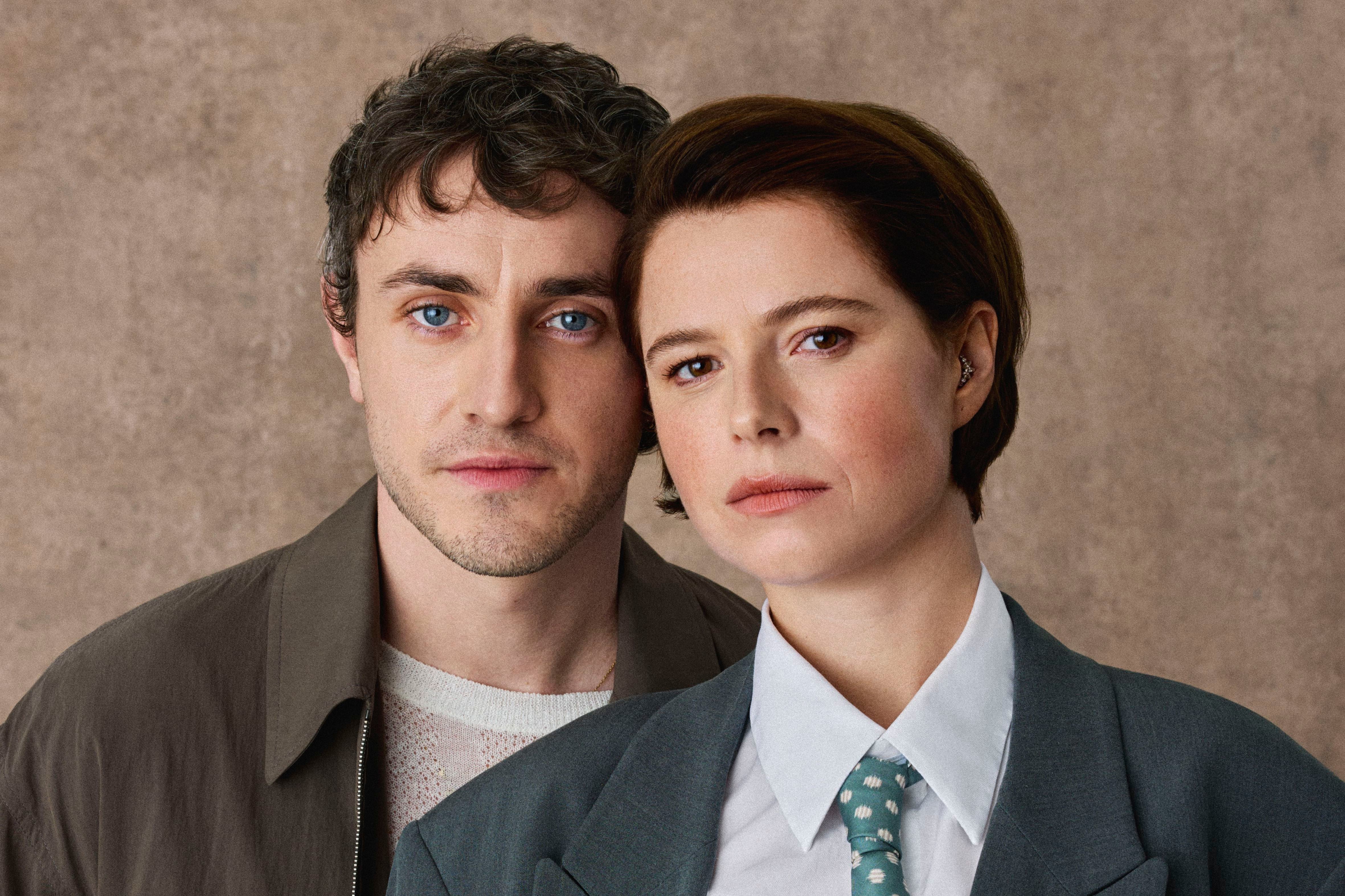Samuel Moyn is one of the leading intellectual historians of our time. His new book, Liberalism Against Itself, has all the qualities that one has come to expect from his work. It is erudite and wide-ranging yet admirably concise. Few writers are as able to make the history of ideas so accessible or so exciting. Moyn knows how to draw out the drama from a “pivotal letter” or a “crucial footnote”. And yet, while his overall argument is brilliantly provocative, it is so sweeping that it does not stand up to sustained scrutiny.
Moyn argues that liberalism took a disastrously wrong turn at the onset of the cold war. Worried about the dangers of Stalinism and fascism, cold war liberals settled for a chastened view of politics. No longer hoping for the best, they tried merely to prevent the worst. In so doing, they cut liberalism off from its earlier optimistic vision of history as a possible terrain of human progress. Their liberalism amounted to an “outrageous relinquishment of an Enlightenment vision of human emancipation”. In addition, they were so worried that left-wing aspirations led inexorably to totalitarianism that they failed to develop an adequate defence of the liberal welfare state and thereby left it vulnerable to attack from the right.
Moyn provides portraits of six key mid-century liberals: Judith Sklar, Isaiah Berlin, Karl Popper, Gertrude Himmelfarb, Hannah Arendt and Lionel Trilling. Though all but two of these figures were political refugees from continental Europe, they all operated primarily within Anglo-American circles. These figures, Moyn argues, transformed liberalism “beyond recognition.” Utopian dreams and naïve faith in human progress, they believed, were incapable of confronting the challenge of modern totalitarianism. They thus made liberalism into a defensive posture. They prized, in Berlin’s terms, “negative liberty” over “positive liberty”: freedom from state repression but not the freedom of collective human liberation.
As Moyn notes, these intellectuals were remarkably Eurocentric in their thinking. When they thought about the great liberatory struggle of the period, that for decolonisation, they largely viewed it negatively for its potential to unleash revolutionary violence. That the only “statist liberation movement” they supported was Zionism demonstrates that their defence of civilisational ideas was limited to those of white European descent.
READ MORE
Moyn’s portraits of these six individuals are compelling. But they are also idiosyncratic in relation to his overall argument. He is often most interested in the ways in which his subjects deviated from or even challenged some aspects of cold war liberalism. His characterisations therefore suggest the need for greater nuance in his overall broad denunciation of the ideology.
For the most part, though, Moyn’s critique of these cold war intellectuals is persuasive. But he is less convincing in his blanket claim that these figures permanently transformed liberalism. As Moyn would have it, “Cold War liberalism” has persisted for nearly a century, long outliving the cold war itself. Actually, after the 1960s, liberalism was defined in large part by its scepticism of the cold war. By then many of the figures in Moyn’s book no longer considered themselves “liberals” at all. To hew to aggressive anti-Communism and the philosophical temperament outlined by Moyn made one a “neoconservative” not a “liberal.” Moyn also discounts the extent to which liberalism has been energised by emancipatory social movements for racial equality, gender equality, and LGBT rights.
Moyn acknowledges that cold war liberalism was contested during the 1960s era, but he contends that this challenge was brief and that the dominant intellectual trend since has been a recuperation of cold war liberalism. True, one can point to some thinkers such as Anna Appelbaum, Michael Ignatieff, and Tony Judt who in some ways rehabilitated cold war liberalism. And there is contemporary resonance in the cold war liberal position among those who in the face of the Trumpist threat disdain any form of “populism”, including that on the left. But Moyn vastly overstates the extent to which cold war liberalism has dominated intellectual life since the 1960s.
Yet while Moyn offers a questionable diagnosis of liberalism’s longer trajectory, there is much to recommend his prescription for where it should go today. Crucially, Moyn argues that there are resources within the liberal tradition itself that can make it a “doctrine of modern emancipation”. He persuasively calls for a renewed liberalism that would “incorporate some of the nineteenth-century impulses purged and left behind in the Cold War years, in particular its commitment to the emancipation of our powers, the creation of the new as the highest life, and the acquisition of both in a story that connects our past and our future.”
There are more proximate sources for such a liberalism than Moyn suggests. Yet he is right that there are many different liberal traditions. If we are to revive liberalism for our own time, we had better make sure that it is the right kind.















